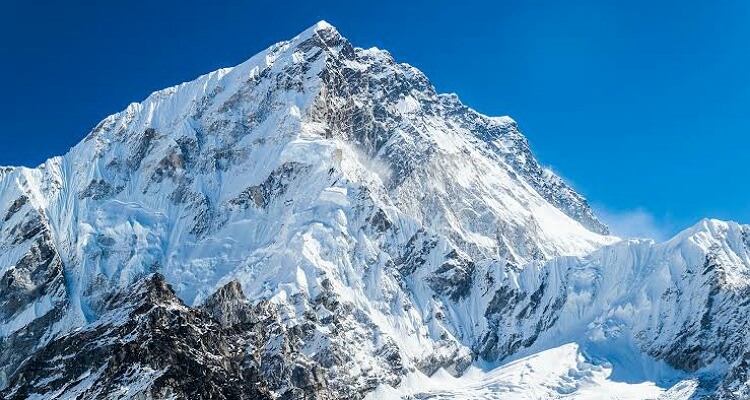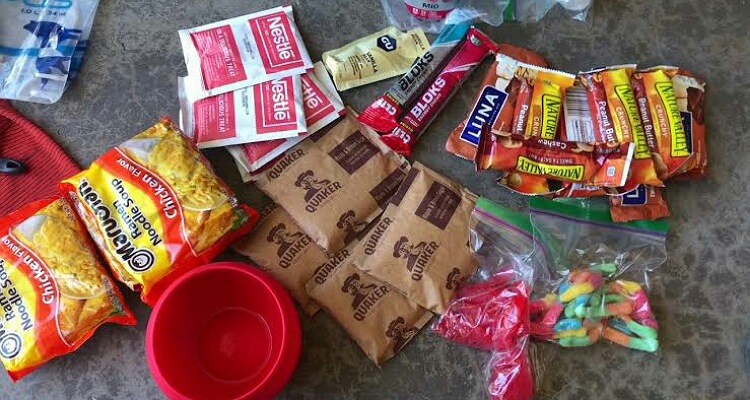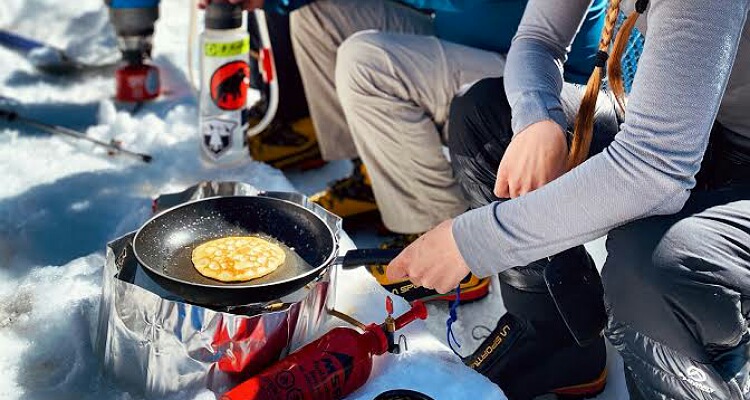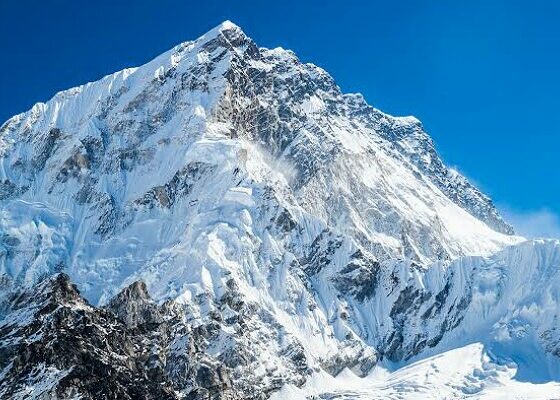Are you planning to climb onto the world’s highest peak-Mount Everest in Nepal? The decision itself is a bold one. And if you accomplish it, it is another wonder and a moment of pride for yourself and your family!
You might be training to climb, touch that height and come back in one piece. But the concern lingering in the mind might be about the diet. How many calories to consume? What to carry and eat? What to avoid? Will you experience weight change after the climb? Here are some tips on how to make the whole process a smooth and easy one.
Mount Everest climb and metabolism
Climbing the highest peak in the world is a sign of determination, strength and stamina. It requires a lot of efforts and energy. Firstly, there is the steep climb. Secondly, is the stress associated with it. Thirdly, it is going to be extremely cold up there. And fourthly, there would be the limitation of how much foods you can carry with you. Because you have to climb with a load. Lighter the load, better the climb.

Normally, at that height and with the cold, the metabolism increases by 10%. You will have to eat extra for that burning. Moreover, climbing is a strenuous exercise. Hence you require extra calories in a day for it. You will also have to take into account your mental stress and food luggage you carry and add more calories for it. As a general rule, climbers to Mount Everest will need to consume 7000 to 10000 calories per day. That means a lot of high calories foods. Despite all the stuffing, each climber tends to lose around 5 to 10 kg weight with this climb.
What foods to carry and eat?
Doctors advise people to eat balanced and healthy. But during climbs, one can cease to follow that advice. You can have all the fatty foods.
For high camps, one can eat fruits and vegetables (for fiber), hard salami, peanut butter, processed cheese, jams, tinned ham, tinned salmon and tuna, other tinned meals, candy, snacks, chocolate, cakes, desserts, pies, sugary foods and drinks, etc. Do not worry about saturated fats, sugars, or trans fats for the time being.

Check for expiry dates of these foods. But in the cold, these foods do last well beyond their shelf lives. You can have instant soups, ham tortellini, marzipan, hot chocolate powder, milk powder, and some coffee and tea premixed sachets. Cereals and oatmeal are good for breakfast. Hiking powder meals are also available. Instead one can opt for instant “real” foods such as rice/pasta casseroles, macaroni-cheese meals, or “real” soups that cook fast. Heated can fruit is good since it has soluble fiber and prevents constipation and piles.
Foods during climbs
During the climb, keep candies, chocolates, protein bars, nuts, crackers, sports jelly and sports bars handy. Sherpa climbers eat boiled eggs during the climbs. Carry them with some salt, bread, cheese and a salami piece. Tubed cheese, canned tuna, canned sardines, raw carrots, and powdered energy drinks all provide quick and more calories.

Read here: Health benefits of horse gram!
Do not carry unfamiliar foods or foods that you do not enjoy during the climb. Garlic is good for altitude adaptation. It also thins the blood. This is another food that the expert climbers of Sherpa community carry with them and eat.
